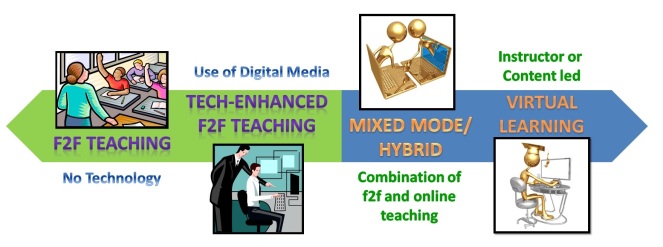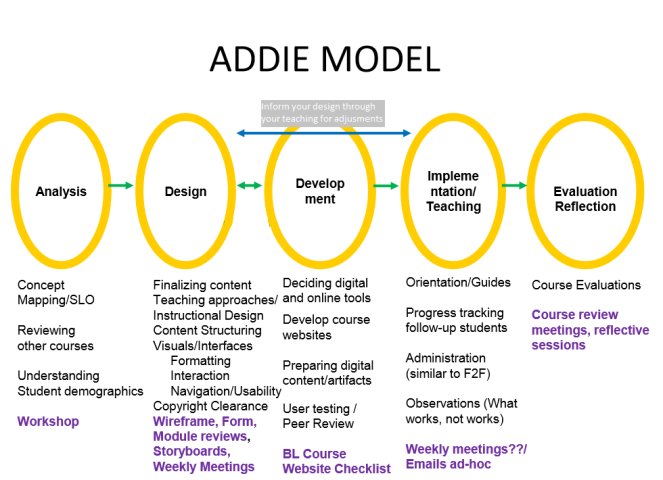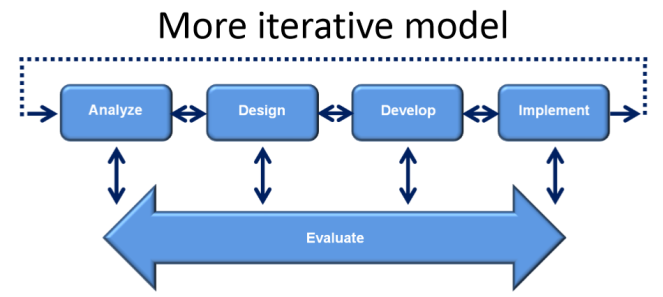The Journey of ONL 162
- What are the most important things that you have learnt through your engagement in the ONL course? Why?
I have been designing blended learning courses for about 4 years now. But it was only the third time I participated as student and it was the most enriching experience till date. I could learn a lot about implementation. The most important learning was that moderation comes at every level. Most of the times, moderation is after the student product is developed and I think it is more like feedback on what has been achieved or not. From now, I think I will also make moderation a part of the process when students are creating the product. By observing both participants and facilitators, I also learned how important it is to be proactive and also to know when to step back.
- How will your learning influence your practice?
I will like to incorporate a moderation plan in addition to design plan. It would be fluid but I would be clear on how to support the students in their own learning aims. I’ve been using social media tools for educational purposes but I would like to engage others as well.
As an online learner, I guess the model of visitor vs resident and the concept of strategic visiting for very useful and motivating for me to complete the course.
- What are your thoughts about using technology to enhance learning/teaching in your own context?
It makes collaboration so easy and open avenues for participation in a democratic way. It also depends on the ethos of the person who is behind the screen using the technology. In our group, the prime purpose was learning and motivating others to give their best. In this scenario, we were able to learn so much about each other’s context and also about the content of the course. In my future courses, I would like to make diverse groups so this can be achieved.
- What are you going to do as a result of your involvement in ONL? Why?
As I no longer work in a university, I think it would be difficult to implement it. I might want to co-facilitate the next ONL course. I work in Digital Publishing industry so I would think more about how to effectively design engaging educational content for online use.
- What suggestions do you have (activities and/or in general) for development of eLearning in your own teaching or context?
1. Pedagogy first, tools second.
2. Give students autonomy to make their own decisions.
3. Plan well so you can concentrate fully on teaching and just have to make minor changes in the design in the implementation phase.


